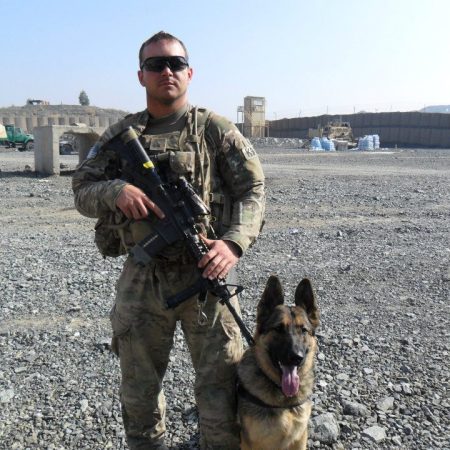Tactical Sports Rehabilitation and Prevention
Rehabilitating the tactical and sports athlete can require a very nuanced approach to treatment because oftentimes the individual is unable to discontinue performing the aggravating activity throughout the recovery process due to social, emotional, or occupational pressures.

We Can Help You Reduce and Eliminate Pain
Having an in-depth understanding of the tactical or sports environment and the roles, responsibilities, fundamental movement mechanics, and what stresses are placed on the body by gear and job or sports position requirements can be greatly beneficial to creating the ideal plan of care that reaches far beyond the rehabilitation period and instills some resiliency in the athlete to minimize the risk of future injury.
Tactical athletes are individuals performing in service occupations that have significant physical fitness and performance requirements with the potential for exposure to life-threatening situations every day. The physical requirements of these occupations can often involve direct physical trauma, long movements under load, and the need to suddenly sprint or bypass obstacles. Because of the unique physical requirements of tactical athletes, healthcare providers need to ensure that clinical evaluations of this population consider their tactical and administrative requirements.
When evaluating the tactical athlete, it is essential to identify the individual tactical athlete’s occupational requirements, because there may be tactical athletes with widely different daily physical requirements even in the same unit or team.
In addition to the physical requirements of tactical athletes, many of their professions have administrative requirements to document physical and cognitive limitations. In most uniformed services, there is a baseline assumption that all service members within that organization are healthy and capable of doing all physical tasks required for the job unless there is written medical documentation otherwise. When a tactical athlete is injured and unable to perform these tasks, they require specific documentation of their limitations to allow rehabilitation and recovery from their injuries while informing their leadership of their readiness status. In addition to the basic documentation of physical limitations, some tactical athletes may be on a special duty status that creates additional administrative requirements.
Musculoskeletal injuries are a significant burden for tactical athletes. Within the United States military, more than 40% of all medical encounters can be attributed to acute and chronic musculoskeletal conditions (1). In 2017, more military service members received care for musculoskeletal conditions than for any other category of diagnoses (2).
The incidence of specific injuries varies depending on the tactical athlete. It is estimated that the annual direct and indirect costs of injuries in U.S. Army Initial Entry Training alone exceed US $200 million per year (3). The cost of injuries across the spectrum of tactical occupations is massive and a more proactive approach to treatment needs to be taken.
- Absolute and relative morbidity burdens attributable to various illnesses and injuries, active component, U.S. Armed Forces, 2017. MSMR. 2018; 25:2–9.
- Ambulatory visits, active component, U.S. Armed Forces, 2017. MSMR. 2018; 25:17–23.
- Hauschild VD, Lee T, Barnes S, et al. The etiology of injuries in U.S. Army initial entry training. U.S. Army Med. Dep. J. 2018; 22–9.

Get Specialized Care to Help You Thrive in Your Occupation
At Revitalize 3D, we want to thoroughly go over all details and demands of your specific occupation or sport to ensure that each athlete receives a highly-specified plan of care that is holistic, covers all domains of wellness, and empowers our patients with the knowledge, skills, and confidence to manage their life’s stresses, overcome their obstacles, and creates and builds resiliency and independence within themselves.
